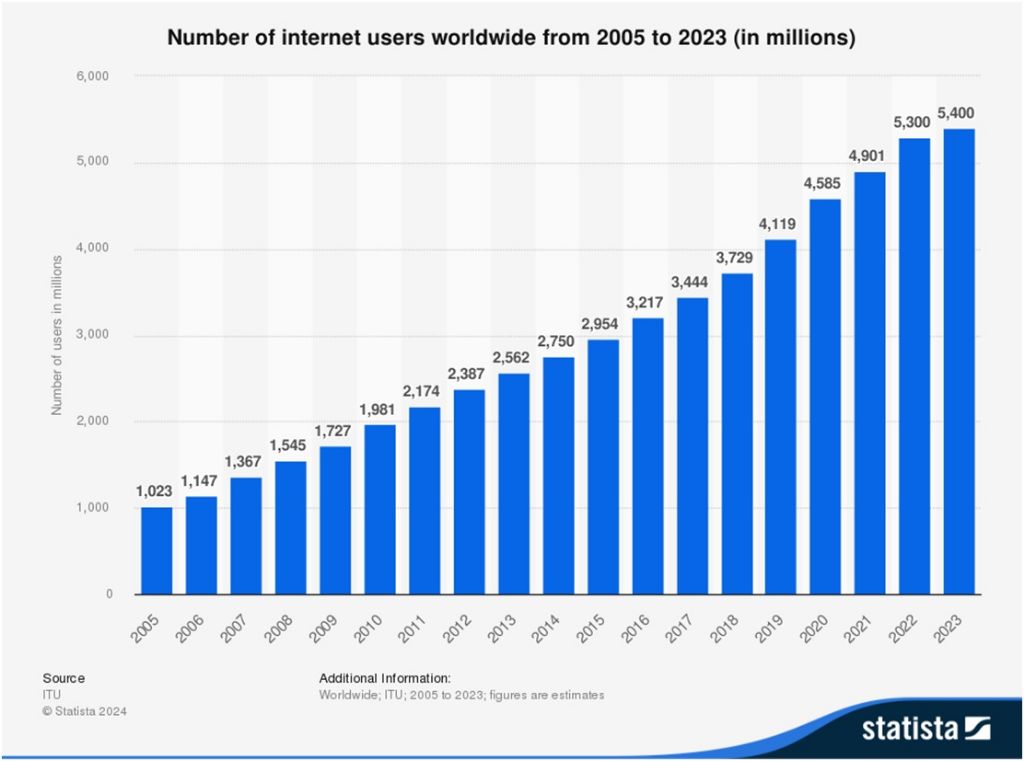With rapid and continuous changes in the world of technology, networking has become an even more important skill. If you’re a developer, businessman or an IT specialist, networking is one of the greatest assets towards your success. It has never been only storing up the business cards received at various conferences or signing up to some LinkedIn-related groups. Nowadays, it is a one-stop-shop ranging from AI-powered people-matching algorithms to VR conferences.
In order to cope with the technological changes in the degree of networking, now it is necessary to have the skills of all who seeks to start a successful career or to promote their business. While there are new modalities of communication today, one truth stands eternal: effective networking still rallies around personality and interpersonal trust. This article will analyze networking for the present time, especially in reference to the tech industry, and discuss how networkers and professionals can optimize their careers using technology and people’s relations.
Networking in a Digital Era
The changing of the times has practically interlinked everything including professional relations and connections. As highlighted in a 2024 report by Statista, almost 5.45 billion people are internet users and at least 63.7 percent of even an individual nation’s headcount see social media on a regular basis. Over the past twenty years, the growth of the internet has created the conditions necessary for progress that was previously impossible. Today, it has become vital for every technological expert to use links, twitters, or even groups to connect with colleagues, co-workers, employers, or other prominent people. The viewpoint here is just to emphasize one point. Namely, even though technology has increased the ease of networking, the number of contacts should never overshadow the significance of the quality of the contacts. This implies that it is better to have a smaller network of close contacts than to have a large one that is only loosely maintained. Information overload, the other side of the digital era, poses the greatest challenge today: how to build robust relationships with prospects while being bombarded with information from all sides.

The secret of digital networking is not just sending out messages to people but adding value. Everybody is welcome to share their knowledge, help solve some issues, or just lend a hand when a colleague is working. While it is so easy to form connections and networks based on meeting basic contacts and availability, there are those who will retain the focus to offer meaningful engagement and connections.
AI Impact On Collaborative Networking
There is a growing dependence on AI on the professionals’ communication networks, especially financing in the tech industry. AI-driven tools have transformed the process of connecting people through networks by delegating a good number of the processes necessitated in relationship building and relationship maintenance. For example, AI in LinkedIn performs this function by proposing potential new connections to users based on their interests, career aspirations, and even mutual contacts, which makes searching for relevant people easier.
As per the latest survey results, 56% of the sample argued that AI has raised the level of their networking activities by 44%. AI tools can assist not only in making connections but also in connecting and initiating follow-up, gauging interest, and estimating the possibility of a good partnership. This has been advantageous, especially for international networking, where events are busy and many people are being targeted.
The functions of AI do not stop at just locating probable contacts within large datasets. It can also take part in managing collaborations and offering analytics on how the teams or individuals change over the course of time. For example, there are some AI-integrated platforms that can evaluate communication patterns to unearth the most fruitful relationships and give directions on how to expand on them while soliciting new contacts.
But, the first thing that must be kept in mind, notwithstanding these developments, is that the human aspect in networking cannot be supplanted by AI. AI may assist in making the process of inter-connecting people more effective, but the attachment, concern, and cognizance inherent in true relations cannot be substituted. At the end of the day, the very core of any relationship is simply the amount of effort and good faith each side puts into it.
The Role of Virtual Reality in Transforming Networking Experiences
With the advancement in different technological areas, networking can now be done virtually using virtual reality (VR), which is very likely to become popular among users in various tech industries. This is because VR allows professionals to interact at high levels within seconds in an augmented space without physically being there, which is crucial during remote work and events.
VR networking will change the dynamics of how professionals socialize with each other from now onwards, especially during conferences, workshops, or meetings. VR fully immerses participants in a virtual environment instead of video calls, where they can communicate in a more immersive manner. For instance, I relish the opportunity of attending an international technology expo without moving from home while still being able to visualize the exhibition area, keynotes, and other participants during a simulated conference.
This technology is still not fully tappe, but more and more companies target to implement VR technologies into the business with meetings, interviews or teambuilding events. VR seems to have many benefits as the technology advances it will eventually be used as a widespread networking tool within the technology industry, facilitating collaboration and connection among professionals.
Nevertheless, like AI, VR is not designed to replace people a new form of communication – it’s a complement. Certain principles exist with WI that also apply here, even though VR can provide an entertaining experience: networking is about people being real, trusting, and building relationships first and foremost for the future.
Building Authentic Relationships in an Era Ruled by Technology
There is the danger of focusing on quick term relationships rather than long-term relationships as technology facilitates the process of connecting with people. Many experts make the error of treating the whole aspect of networking as transactional; when they require a favor, a job, or an opportunity. But it is an approach that is unlikely to deliver any meaningful long-term success.
According to the Harvard Business Review, 85 % of job roles are filled through networking whereby the emphasis is always on maintaining strong and lasting relationships. It is more helpful for professionals to view networking not as a quest for quick returns but as a long-term strategy. This involves providing value without expecting reciprocity, assisting others in achieving their objectives, and developing connections over time.
In the technology industry one of the most significant things people should understand about networking is the importance of being real. It is easy to tell when someone is in a relationship only for selfish interests. On the other hand, individuals that network with the right intention and aim to know other people to help them and to establish a win-win situation tend to be very successful. The professionals need to be concerned with earning trust and making sure that the relationships they develop are meaningful and have specifications.
How to Make New Connections for Experts in IT
Below are some useful, helpful, tangible measures that tech-savvy networking professionals can employ to step up their networking game:
Use AI Tools: AI algorithms determine connection suggestions based on where you are in your career and the skills or interests you possess. Thus, do not shy away from these tools to locate relevant specialists in your industry, and do not wait to contact and introduce yourself to them.
Attend Online Events: Participants do not need to travel; they can attend online events such as hackathons, webinars, and tech conferences to expand their network. We always have like-minded people at such gatherings who are eager to work and learn from one another.
Be Real: When talking to people you met from the other side for the first time, don’t say your age or make friends. Be quick to tell what you hope to achieve personally from the relationship. Be real; be sincere for people to be trustworthy, as this is crucial for developing professional rapport and smooth functioning.
Give Before You Take: If you want to strengthen your network, don’t forget to put in the effort first. It is highly likely that offering your services, answering questions, or promoting some people will also benefit you in the long run.
Follow-up: If you interact with a new lead, make sure to reach out via email, message, or request a video call. Without proper communication, it can be hard to sustain the relationship.
Conclusion
Networking remains an important element for tech professionals in the ever-changing landscape of the sector. Today, AI and VR have made it easier than ever for professionals to network; however, the core essence of trust and building long-term relationships is at the heart of networking. In a world driven by technology, forging strong relationships is one of the most sought-after qualities in any professional.
Successful and straightforward networking is possible even for tech professionals if they are authentic and passionately tackle all tasks – passionate workers will always come up with ways worth sharing, inspiring others and themselves in the process. Technology can help create and open up more ways such as connections, graphics, etc for networking but the best tool will always remain human interaction.



